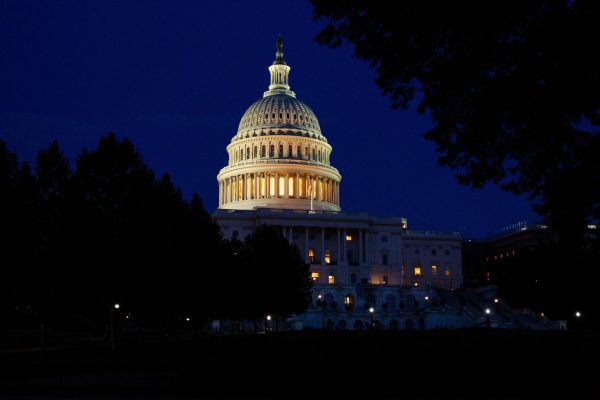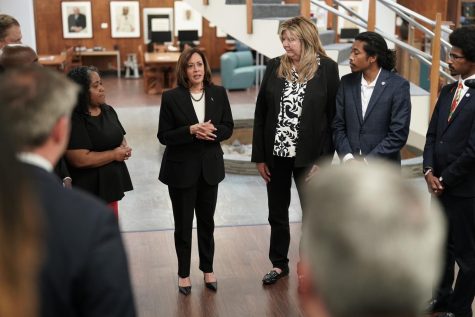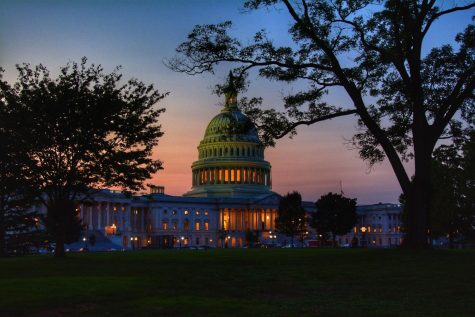Why some students decided to take a seat when it comes to the pledge of allegiance.
I pledge allegiance to the flag of the United States of America. The truth is, you have probably heard that sentence hundreds of times in your life, but have you ever stopped to think about what you are truly pledging to? Every morning, students around the country are joining a movement that they hope will change the injustice America has been contributing to. Across the country, students of all ages are staying seated while their classmates pledge allegiance to their flag.
According to the Washington Post, the Pledge of Allegiance was created in 1891 as an ad campaign for a magazine by the name of Youth’s Companion. It was the 400th anniversary of Columbus’s voyage and the company wanted to make a profit off of it. The magazine hired former pastor Francis Bellamy, who was assigned to make a patriotic program to start ceremonies for students across America. He then lobbied congress and helped convince President Benjamin Harrison to publicly announce Columbus day.

In 1898, New York became the first state to legislate the requirement. In 1917 there was a rapid increase in nationalism due to the start of America joining the First World War which resulted in students reciting the pledge every morning.
India Landry, an African American student, was expelled from her school in Houston, Texas. When India was asked by NBC Houston why she didn’t stand for the pledge, she said “I felt the flag doesn’t represent what it stands for, liberty and justice for all, and I don’t feel what is going on in the country, so it was my choice to remain seated, silently. It was a silent protest.” Although most legal scholars agree that not standing up for the pledge is protected by the constitution, she was still expelled and later returned to the school.
Oakton High School has no shortage of these activists. One anonymous Oakton High School senior spoke out about their story. “So I actually transferred from an Islamic school in my sophomore year” They then go on to say that they were shocked to find that their classmates were not as politically aware as they were.”. “Initially, I used to stand up for the anthem because I didn’t want to draw attention to myself in a place filled with people I have never been around,” they said. “What made me want to do this is so I could share what I think about sitting for the pledge and what it stands for,”. The source later said that they realized that they shouldn’t force themselves to do something they don’t support, and ever since the second week of sophomore year they haven’t stood up for the pledge.
Here at FCPS, we must follow the SR&R contract. On page 13 of the SR&R it says, “Students are expected to recite the Pledge of Allegiance and to observe one minute of silence each day, unless the student or his or her parent objects to participation in such exercises…Nonparticipating students are expected to sit quietly, or to stand silently, and to refrain from engaging in any disruptive or distracting activity. A student’s decision to participate or not to participate should be respected”. While it is expected of us to recite the pledge, we do have the right to respectfully sit through it. It is important to remember to respect people’s decisions on choosing to stand or sit for the pledge.









